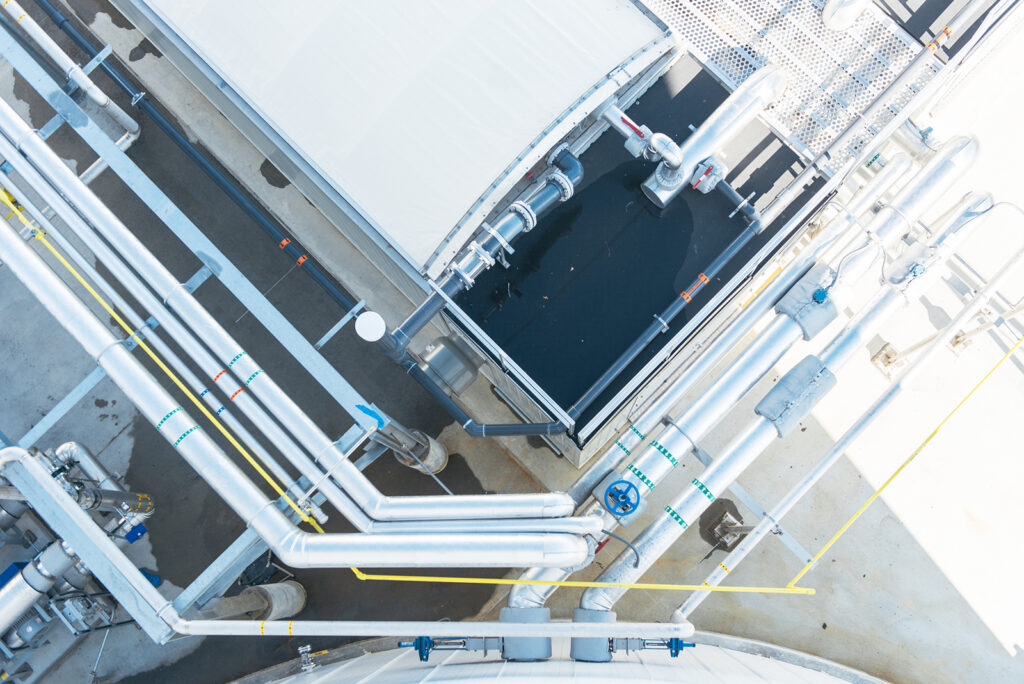July 10, 2023
Originally published in Forbes, Jul. 10, 2023

We’re on the ground floor of a sustainable revolution. Virtually every industry, from airlines to construction to restaurants, is looking to adopt new technologies and processes that lower or eliminate carbon footprints.
Wasted food is a sector that is often overlooked, but it deserves our immediate attention. Our current food chain practices are unsustainable. Not only do we dispose of food in a manner that contributes heavily to the climate crisis, but we’re also throwing away still-edible food that could help to eliminate food insecurity nationwide. But addressing these systemic issues presents a unique challenge.
Unlike the shift from gas to electric vehicles, for example, managing the wasted food crisis requires transition infrastructure to rapidly decarbonize the sector while simultaneously building the technology to eliminate waste. In other words—not only do we need to find an eventual cure, but we also need to build the bandage solutions as well.
It’s a challenge I’ve dedicated myself to tackling for the last 16 years. As a business, we’ve worked with some of the largest food retailers in the country to understand how to balance the sustainability needs of today with the goals of tomorrow. What we’ve learned is there isn’t one perfect solution—but there is a wrong one.
Gone Is The Move Fast And Break Things Era
The tech boom of the 2000s was predicated by Meta founder Mark Zuckerberg’s now-famous motto: “Move fast and break things.” Early-stage startups launched overnight, knowing they could fix any oversights or bugs by pushing an update and fine-tuning their business and product over time.
For a while, that worked. Inspired by the path forged by Amazon, companies created more products and reached more consumers faster than ever before—choosing to worry about profitability later. But this case study is now coming to a close, and many of these venture-backed companies have gone public without yet earning a profit. Amazon was the exception, not the rule.
When I started my career as an entrepreneur around the same time, I received some critical advice. Much like these other companies and founders, we wanted to move quickly to put out a product and solution, and my cofounder and I sought venture capital to make it a reality. But, the best advice I received came in the middle of a pitch with one of our potential investors, who emphatically banged on the table and said: “Don’t just raise money. Go find a customer first.”



